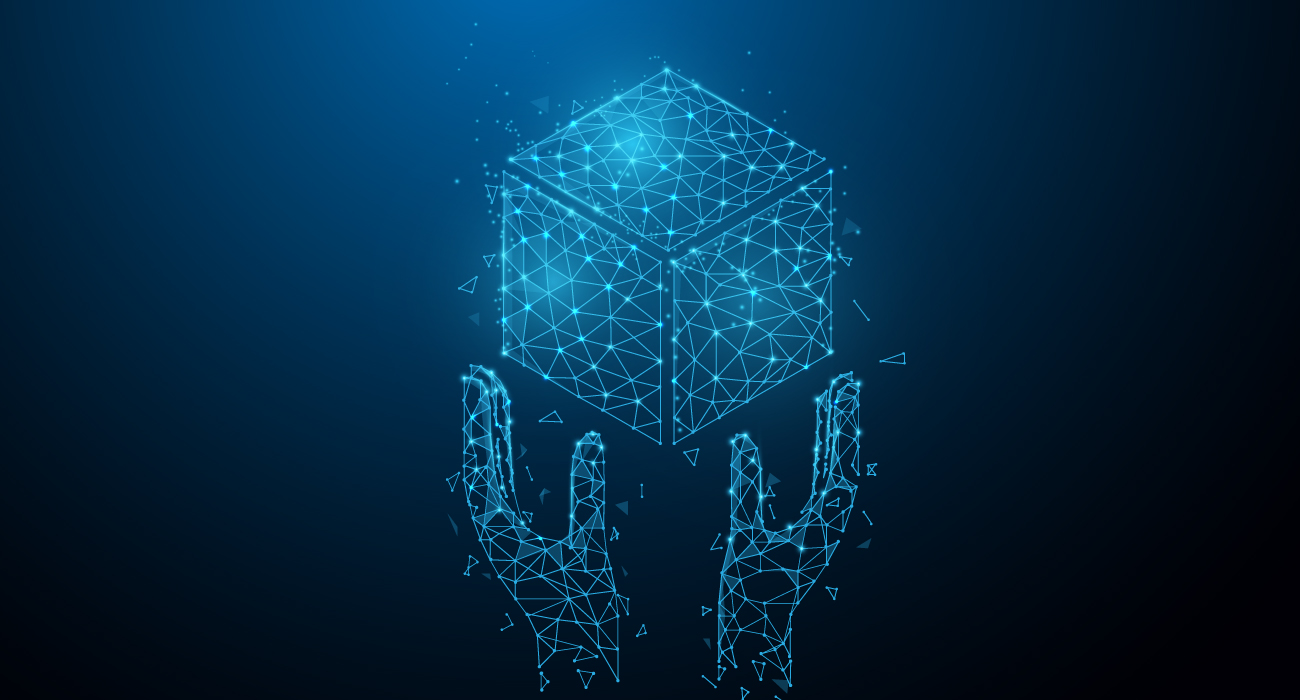Last week, I was reading an article on Healthcare IT News about the opportunities and challenges of big data analytics in healthcare. A couple of points resonated with me and the journey we in the cold chain industry have been on toward digital innovation. The first and most poignant is that good healthcare demands robust analytics to improve patient outcomes. Achieving that is no simple task, but it can be done, and I think it’s important that everyone across the industry understand a few basic principles that cannot be overlooked in this process.
Recognize that getting clean data is critical and requires more than just technology
Similar to the healthcare industry, there is no shortage of providers available to pharmaceutical manufacturers to get their temperature-sensitive products from the plant to patient. From the container provider to the freight forwarder or direct transportation provider to third-party warehouses, the disparate data sources are plentiful. With all of the possible combinations of providers, how can manufacturers ever expect to get a seamless picture of data about their shipments?
Technology seems like the obvious answer and it’s certainly a large part of it. But I believe it has much more to do with relationships. Each supplier in the chain has policies and regulatory requirements to adhere to and preferences in technology so no one part of the chain can dictate to the other how to begin collecting and delivering data. We as an industry have had to come together, listen to our shared customers and to each other to determine the best path forward. By deepening these vital partnerships and working together to find suitable hardware and create procedures, we had the framework in place to start building solutions to collect and deliver data.
Understand the needs of key stakeholders and share the wealth
Have you heard the expression, “you can catch more flies with honey than vinegar”? If not, it means that you’re more likely to get what you need or want if you’re nice to those around you. What we realized in the process of building out our track and trace capability is that it could easily provide opportunities for our customers and partners to prioritize shipments at their facilities, notify logistics partners when it’s ready and even expedite processing and hand-off and customs clearance – all by simply setting up geofence locations and the proper alerts at their facilities.
Now, not only will the solution provide much needed data, it also grants the ability to streamline processes and improve shipment times. This is a powerful way for us to unleash value for our customers.
Test and iterate your design
This is where it all starts coming together. The hardware, software, processes, service and support must all be well vetted, impeccably designed and focused on delivering what the customer needs to ensure the success of their product. Collaborating with the key stakeholders, sharing your test results and being transparent in your mistakes and failures are critical to this process. Through the testing phase you iterate to a robust product design and build the needed relationships for future enhancements.
In our track and trace pilot testing, we clearly defined our goals and success criteria. This resulted in a successful integration of a sophisticated tracking sensor into our RKN/RAP. Because our team had done the work in the area of product requirements, effective collaboration with customers and partners we were rewarded with flawless system performance in our first commercial pilot test. Our test included six RKN containers loaded with pharmaceutical products shipped by air from the manufacturer in San Juan, Puerto Rico to Cincinnati, OH then by truck to Chicago, IL. All of the tracking devices signaled correctly and recorded data throughout the shipment. We completed multiple end-to-end tests over an 8-week period. In doing so, we validated our design, engaged effectively with our partners, and set the stage for final work in the area of software system integration.
And then …
As I said, the sensor hardware integration is only one piece of the puzzle. The data collected needs to be transformed into information for decision making. But since that gets into a new topic, I’ll save that for another blog.

